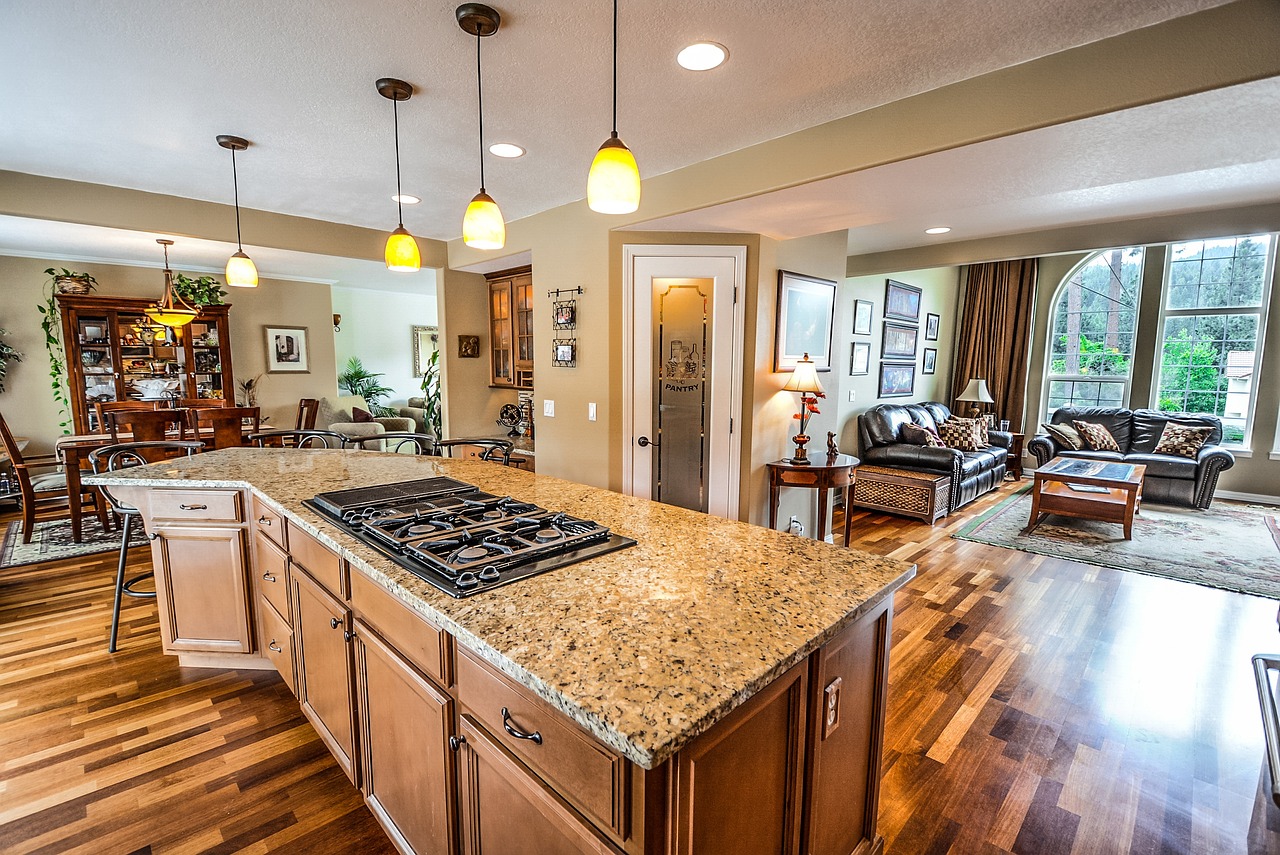Interior design transforms ordinary spaces into stunning, functional areas that reflect personality and style. Whether you’re a homeowner eager to revamp your living space, a DIY enthusiast ready to tackle a new project, or simply someone who appreciates the beauty of well-thought-out design, understanding the secrets of interior design packages. Here, we unveil seven core principles that can revolutionize the way you perceive and execute interior design.
1. The Power of Lighting: How to Use It to Transform Any Space
Lighting does more than illuminate a room; it sets the mood, highlights architectural features, and can even affect our emotions. Professionals leverage lighting by incorporating a mix of ambient, task, and accent lighting to create depth and interest. For instance, layering a central ceiling fixture with wall sconces and floor lamps can add warmth and dimension, transforming a flat space into a welcoming haven.
2. The Art of Space Planning: Making the Most of Every Inch
Effective space planning goes beyond mere furniture arrangement. It’s about creating a harmonious balance that promotes flow and function. Interior designers often employ tools like floor plans and furniture templates to optimise space usage. A key strategy is the use of scale and proportion to ensure furniture fits perfectly, maintaining ample walkways and creating visually appealing setups.
3. Color Psychology: Choosing the Right Palette for Your Home
Color profoundly impacts our mood and perception of space. Designers use color psychology to evoke specific feelings—calm blues for a serene bedroom, energising yellows for a kitchen. The selection of a cohesive color palette that transitions smoothly from room to room can also create a sense of unity throughout the home.
4. The Rule of 3s: Why Odd Numbers Are Essential in Design
The Rule of 3s is a fundamental design principle that suggests arrangements in odd numbers are more appealing, memorable, and effective. This can apply to anything from the number of cushions on a sofa to the arrangement of wall art. Groupings of three (or any odd number) create visual interest and depth, making your decor choices look intentional and expertly curated.
5. Mixing Textures: Elevating a Room with Contrast
Incorporating a variety of textures can add richness and depth to any space. Designers mix smooth and rough textures—like pairing a sleek leather sofa with a chunky knit throw—to engage the senses and add character to a room. This contrast brings balance and prevents a space from feeling one-dimensional.
6. The Versatility of Mirrors: Expanding Space and Light
Mirrors are a designer’s secret weapon for making rooms appear larger and brighter. Positioned strategically, they can reflect natural light, enhancing the overall brightness of a room. Additionally, a well-placed mirror can create the illusion of depth, making small spaces feel more expansive.
7. Accessorizing Like a Pro: Adding Personality to Your Home
Accessories are the finishing touches that personalise a space, but there’s an art to accessorising without cluttering. Designers often adhere to the less is more philosophy, selecting meaningful items that tell a story or spark joy. Whether it’s a collection of vintage books, an eclectic mix of vases, or a bold piece of art, each element should contribute to the room’s overall aesthetic and feel.
In conclusion, mastering these seven secrets can significantly improve your interior design projects, transforming them from mere spaces to reflections of personal style and function. Remember, great design is not about adhering strictly to rules but about understanding foundational principles and then bending them to suit your unique vision. Armed with these insights, you’re well on your way to creating spaces that resonate with beauty, comfort, and purpose.

